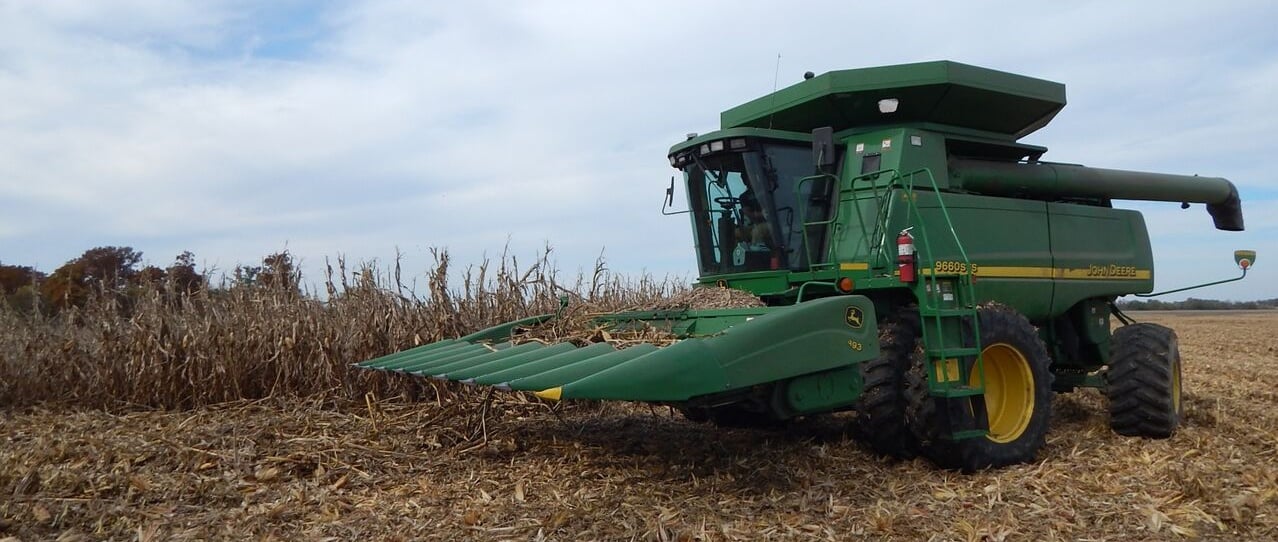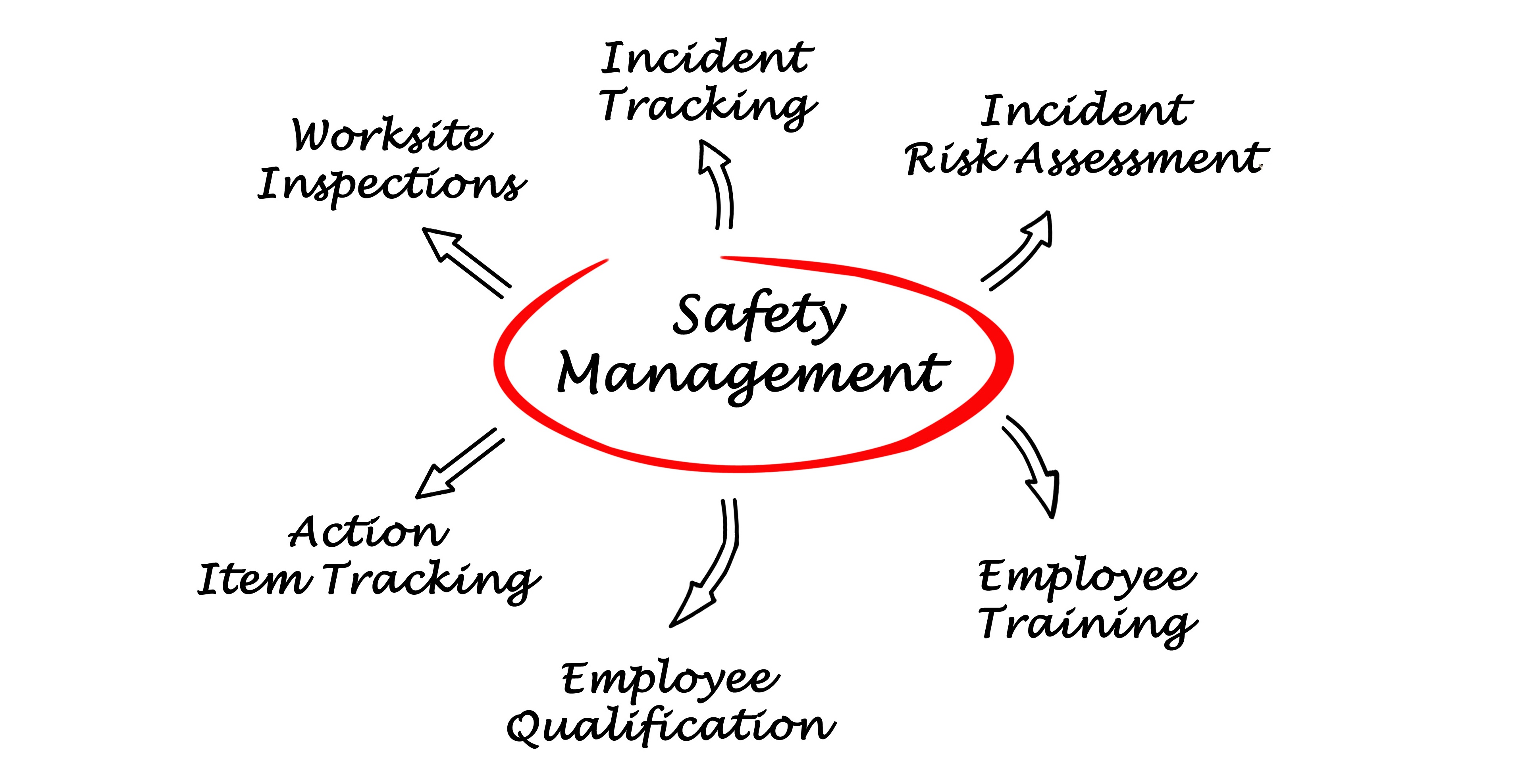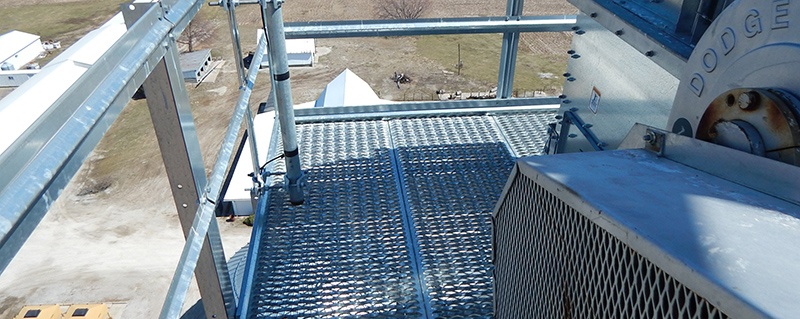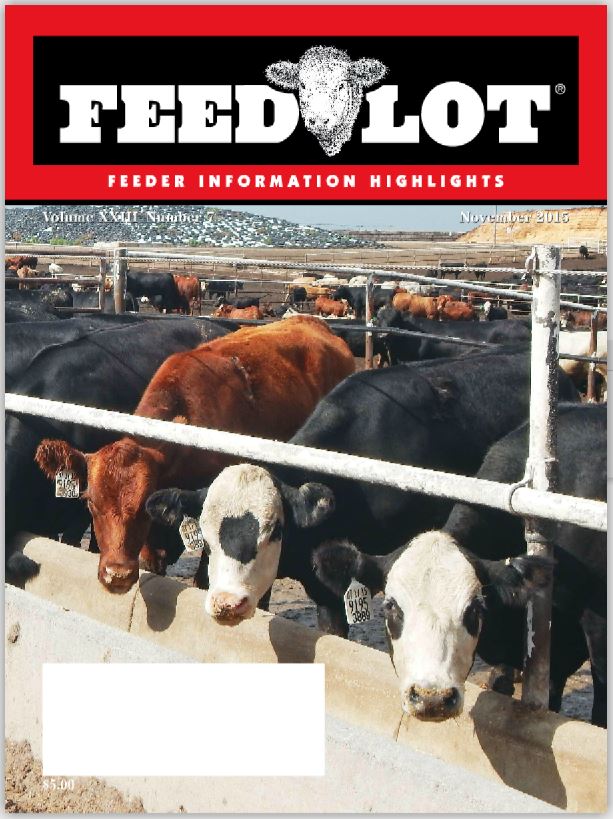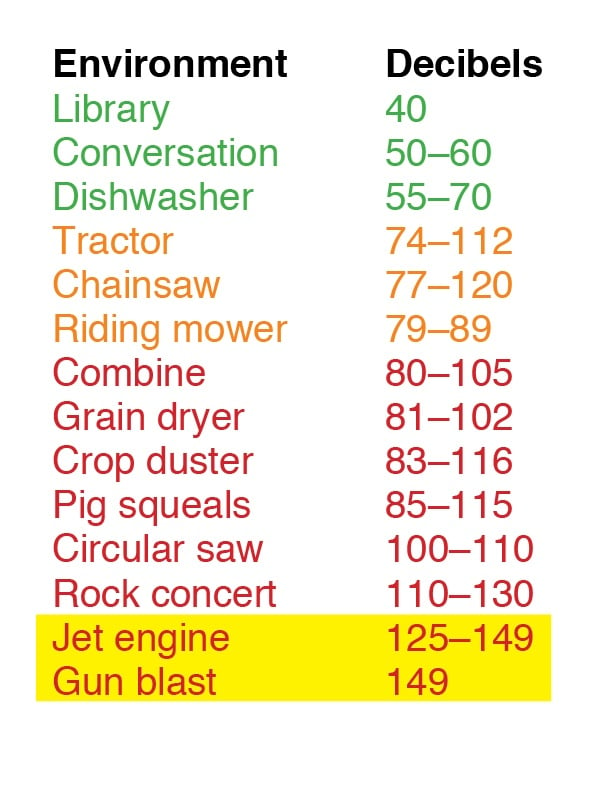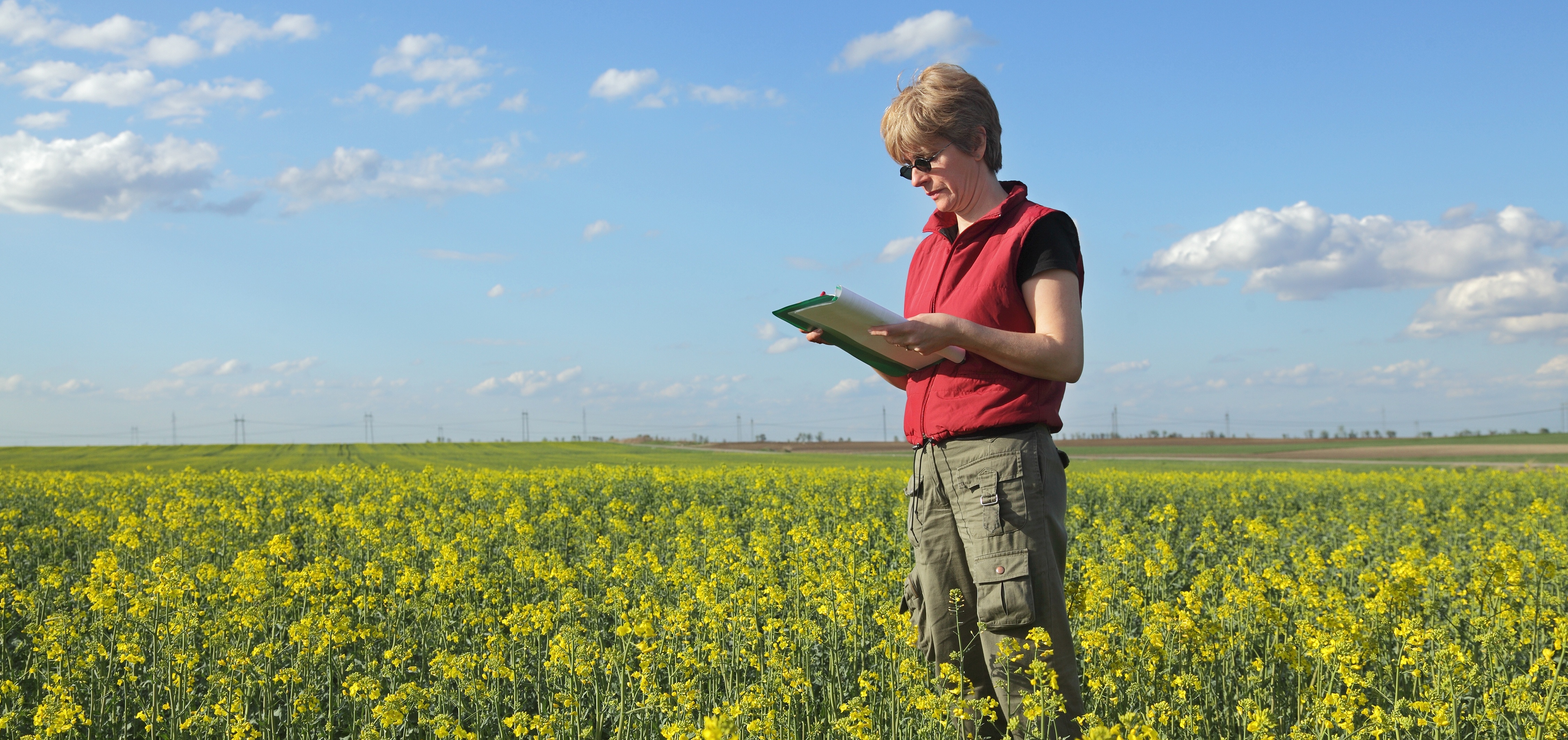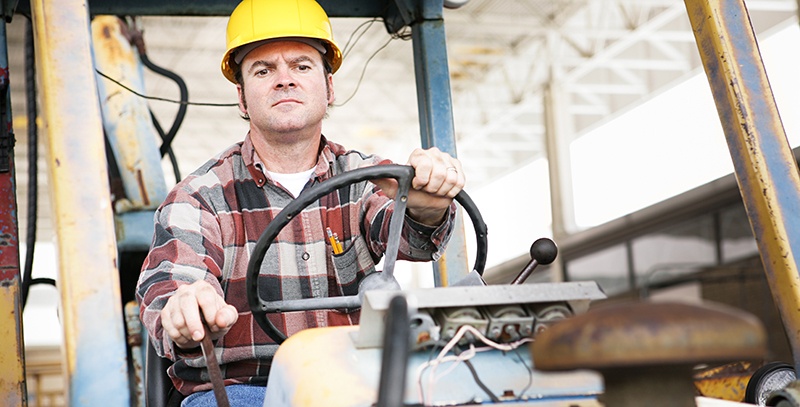When you and your harvest crew gear up for fall harvest, we hope you first follow our tips on how to prep your farm for this season. After you have, take a look at these common combine hazards, so you're as safe as possible on the job.
Good Day's Work

Recent Posts
Hazard Assessment: How to find the high risk safety issues on your operation
Compared to other industries, farm work is the most dangerous of all. Every year, more than 480 people in the US are killed performing ag-related jobs. Hundreds more are seriously injured. According to OSHA, it is the employer’s responsibility to evaluate the workplace and ensure a risk-free environment.
Topics: hazard communication, hazard analysis, productivity / goals / motivation
Slips, trips, and falls in the workplace are no laughing matter. In fact, they account for more than 225,000 injuries a year. And 70% of these incidents occur on level surfaces with falls from less than four feet above ground!
Topics: farm, slips/trips/falls
One moment you are having a casual chat with a co-worker over lunch. Suddenly, she grasps her throat and begins to turn blue. What do you do?
Topics: first aid, safety training program, agriculture, farm
Note: The following is an excerpt from an article published in the November 2015 issue of Feedlot Magazine.
Let’s face it. Common sense isn’t so common anymore. We used to hire kids off the farm who would clock in on day one already knowing how to run equipment, work cattle and stay out of the way when things got dicey. Now, we have to teach them everything under the sun and pray they can figure out the rest.
Unfortunately, in spite of all that, the industry still suffers its share of feedlot accidents. We hear about employees being run over by feed trucks, dragged by horses, thrown off ATVs or pinched while working cattle. Some accidents cause minor injuries and maybe a brief hospital stay, while others lead to devastating fatalities.
The cost of these accidents escalates along with the cost of medical care. By comparison, the average expense of a chainsaw accident in 1985 was about $3,850. Today, it’s around $55,000—not counting lost wages, disability payments, increased insurance costs and lost productivity.
Topics: livestock & animals, agriculture
Farm Safety Tips: Making the Case for Hearing Protection...
On the farm, we use our hearing to do our jobs better. The problem is, when it comes to hearing safety, most threats are long term. We don’t sense any immediate harm. This week's farm safety tips address why it’s important to train your employees on hearing protection.
Topics: farm, personal protective equipment (PPE)
Earlier this week, we discussed the first fundamental reason for having someone on your staff—even if it’s you—dedicated to safety. Having a single point person fulfilling this role is critical to maintaining the clear, consistent communication that optimizes safety among your employees.
Topics: safety director, OSHA law & compliance
Topics: safety director, OSHA law & compliance
Running a Farm Safety Program: Getting Employee & Management Buy-In.
Your farm-safety program doesn’t have to be complicated, but, for it to work, everyone in the operation needs to buy into it. These seven steps will help you convince managers and employees to take ownership of the safety program and drive the safety agenda.
Topics: safety culture, safety training program, agriculture
Farm Safety Tips: Respiratory Protection and Keeping You Safe!
Ah, the great outdoors—crisp, clean air and the refreshing smell of morning dew! Yes, this is just one of the reasons many of us really love farming. On the other hand, does farming generate hazards for our respiratory systems? Not only is the answer a resounding “yes,” but some of the most treacherous respiratory dangers are actually unique to farming.
Topics: air/respiratory, agriculture
